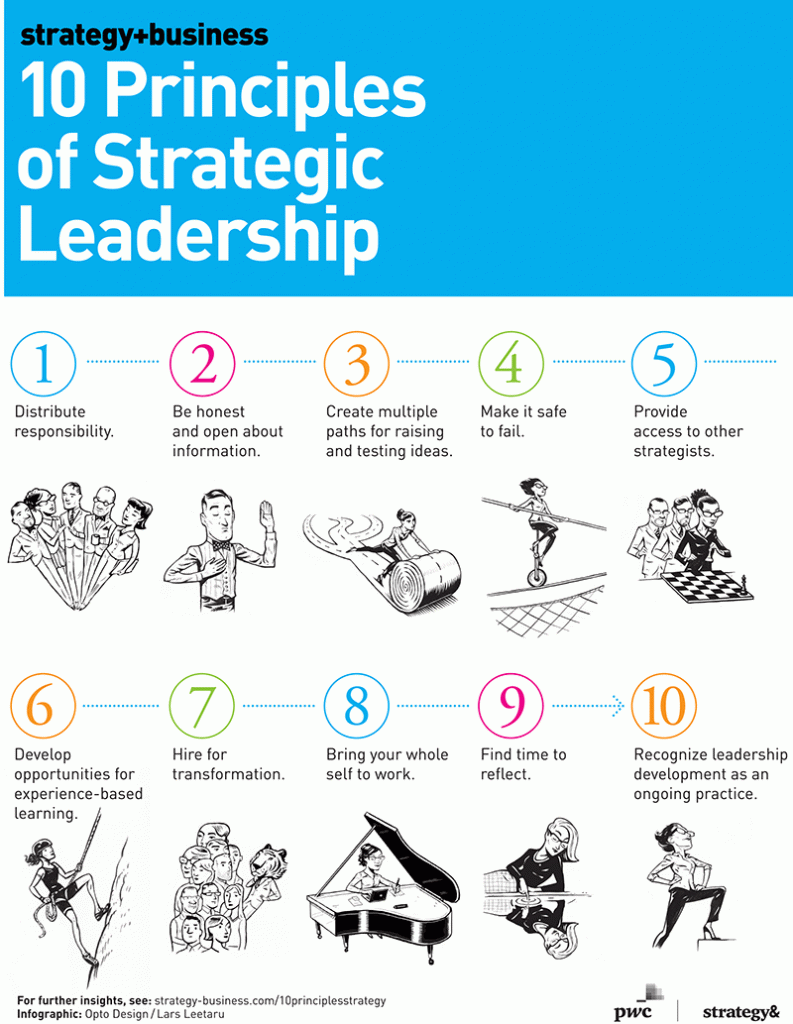
 Most companies have leaders with the strong operational skills needed to maintain the status quo. But they are facing a critical deficit: They lack people in positions of power with the know-how, experience, and confidence required to tackle what management scientists call “wicked problems.” Such problems can’t be solved by a single command, they have causes that seem incomprehensible and solutions that seem uncertain, and they often require companies to transform the way they do business. Every enterprise faces these kinds of challenges today.
Most companies have leaders with the strong operational skills needed to maintain the status quo. But they are facing a critical deficit: They lack people in positions of power with the know-how, experience, and confidence required to tackle what management scientists call “wicked problems.” Such problems can’t be solved by a single command, they have causes that seem incomprehensible and solutions that seem uncertain, and they often require companies to transform the way they do business. Every enterprise faces these kinds of challenges today.
A 2015 PwC study of 6,000 senior executives, conducted using a research methodology developed by David Rooke of Harthill Consulting and William Torbert of Boston University, revealed just how pervasive this shortfall is. Respondents were asked a series of open-ended questions; their answers revealed their leadership preferences, which were then analyzed to determine which types of leaders were most prominent. Only 8 percent of the respondents turned out to be strategic leaders, or those effective at leading transformations (Rooke and Torbert refer to them as “strategist” leaders).
The study suggests that strategic leaders are more likely to be women (10 percent of the female respondents were categorized this way, versus 7 percent of the men), and the number of strategic leaders increases with age (the highest proportion of strategic leaders was among respondents age 45 and above). These leaders tend to have several common personality traits: They can challenge the prevailing view without provoking outrage or cynicism; they can act on the big and small picture at the same time, and change course if their chosen path turns out to be incorrect; and they lead with inquiry as well as advocacy, and with engagement as well as command, operating all the while from a deeply held humility and respect for others.
It may seem disheartening that such a small percentage of senior leaders can operate this way. The trend over time is almost as bad. When the same survey was conducted in 2005, only 7 percent of respondents were identified as strategic leaders. In other words, in the course of a transformative decade marked by the collision of technological breakthroughs, financial crises, demographic shifts, and other major global forces, the leadership needle barely moved.
